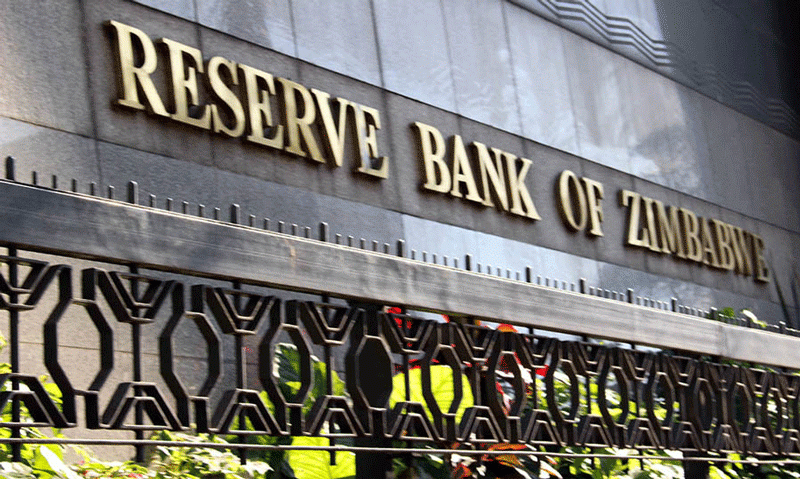
THE 2022 fourth quarter (4Q22) banking sector and economic reports have been published by the Reserve Bank of Zimbabwe and we use this as the canvas on which we paint the picture for the banking sector in 2023.
This year is likely to be full of shocks considering that it is an election year. To that end, we extend our analysis to include the performance of the sector back in 2018 so as to ascertain its odds in 2023.
We start off with the sector’s income-generating capacity, which is typically driven by interest income. This source of income is often a function of interest rates and the Loans-to-Deposit, among other factors.
In the absence of aggregated figures, we infer that interest income growth was strong in 2022, at c.70%, based on the performance of six of the country’s 14 commercial banks.
Key was the growth in USD loans and the increase in lending margins. The lending margin for Zimbabwean dollar (ZWL) loans increased from c.25% in December 2021 to c.70% in December 2022 in response to the central bank’s efforts to contain inflation and exchange rates by raising rates.
Borrowers subsequently reduced exposure to ZWL loans and took up more USD loans instead. We opine that this was driven by the increase in USD transactions in the economy, which underpinned borrowers’ increased inflows in USD even up to this date.
Overall, the increase in USD loans offset the decline in ZWL loans and resulted in a net positive impact on the banking sector’s interest income.
We think that the sector’s interest income will remain instrumental to its players in 2023. We opine that the effect of volatile macroeconomic policies in the election year will be dulled by the steady USD lending business, which will draw from USD deposits that accounted for61% of the sector’s deposits in December 2022 and theUSD’s growing share of transactional activity.
- Rampaging inflation hits Old Mutual . . . giant slips to $9 billion loss after tax
- Monetary measures spur exchange rate stability: RBZ
- Zim deploys IMF windfall to horticulture
- Banker demands $21m from land developer
Keep Reading
We also expect this to sustain an average sector Loans-to-Deposit ratio of 55%, which is 15 percentage points higher than 2018’s LTD ratio of 40%.
That said, we also expect the non-performing loans ratio to inch upwards in response to the relative difficulty in servicing debt denominated in a foreign currency.
We turn to non-interest income and observe that, unlike other economies, Zimbabwe’s non-interest income contributes more to total income than interest income.
However, we note that that roughly half of these earnings - which are made up of revaluation and fair value adjustments - do not constitute cash earnings and as such we only focus on fees and commissions income.
We note that growth in this source of income,at 30%, is much slower than interest income because of a negative impact of the increase in hard cash transactions in 2022.
According to the Reserve Bank of Zimbabwe (RBZ), the value of electronic transactions processed through the National Payment Systems increased by 30% but more to the story is the decline in transactional volumes by 17%.
We think that this decline is largely attributed to theincreased disbursements of funds such as wages and salaries in hard currency in the last couple of months, which have also driven cash transactions in the economy.
The continued increase in transactions in hard cash holds negative implications for the banking sector’s non-interest income generation ability in 2023.
An aggregate view of the sector’s income generating capacity reveals that there is potential for continued top line growth in real dollars, albeit limited.
However,the sector’s bottom linewill likely grow at an even slower pace, and we turn to the Cost-to-Income ratio to explain this. We estimate an aggregate Cost-to-Income ratio for the sector of 0.56x in 2022, which was slightly better than the prior year ratio of 0.58x, and we largely attribute this to superior growth in loans issued compared to operating expenses.
However, we opine that loan issuances in 2023 will not maintain prior year’s trajectory because of limitations driven by the high velocity of depositswhile operating cost pressures will continue to mount because of local currency dynamics.
The velocity of M2 money in Zimbabwe in 4Q22 was estimated at 9,4x, which is considerably high when compared to the United States’ M2velocity of 1,2x in the same period.
The high velocity of money results in transitory deposits, which limit the issuances of long-term. To add on, costs denominated in ZWL responded acutely to parallel market rates more than inflation and the depreciation of the local currency on the parallel market in 2023 will challenge the effectiveness of bank’s cost containment initiatives that mainly hinge on the digitalisation of banking operations.
Overall, we anticipate underlying earnings to marginally improve in 2023 as focus remains on keeping a strong balance sheet. We also expect the quality of earnings to improve as bank sector players’ balances tilt more toward foreign currency.
We believe that the sector is ready to face the shocks that will come with the election year given a diversity of real assets and a currency-tilt away from the ZWL.
- Mtutu is a research analyst at Morgan & Co. — [email protected] or +263 774 795 854.






